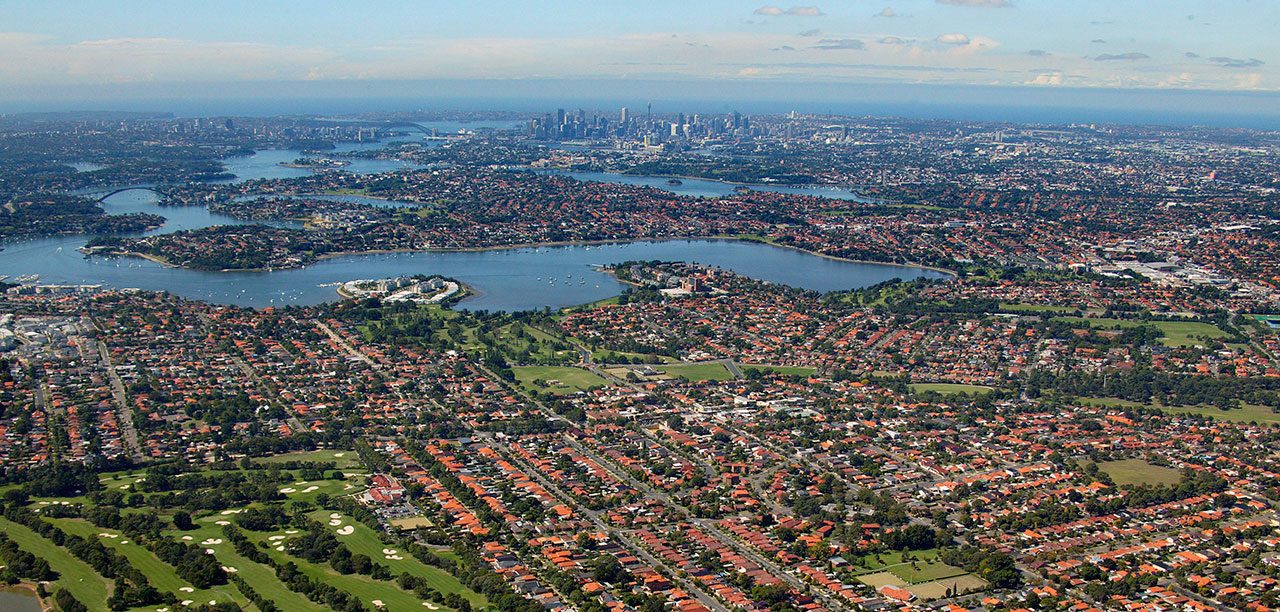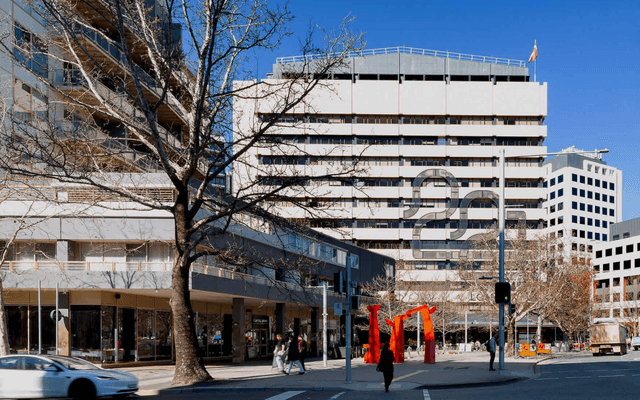This article is from the Australian Property Journal archive
OFFICE rents in Pyrmont are growing at five times the rate of those in the CBD, as tech, creative and education tenants lead the rush to city fringe markets.
Knight Frank’s City Fringe Insight Report 2022 shows net effective rents in Pyrmont have surged 60% over the last five years and by 40% in Surry Hills, compared to 12% in the CBD.
Net face rents across the fringe markets range between $600 and $800 per sqm for prime space, while best-in-class assets are seeing rents crack the $1,000 per sqm mark. Surry Hills, Pyrmont and Eveleigh attract rents above the average, with Darlinghurst and Chippendale consistent with the average and Ultimo and Redfern just below.
“The city fringe is now seen as a natural extension to the CBD, but also a market growing organically in its own right with a distinctly different feel. The sub 2% vacancy for prime space in Surry Hills and Eveleigh evidences the fringe market’s potential to catch up with more established precincts,” said Knight Frank associate director Marco Mascitelli.
Tech, creative and education industries are driving demand in the 1.331 million sqm city fringe market. Tech occupiers have accounted for an average of 35% of deal activity each year for the past five years in the city fringe, much higher than in the CBD at 18%. Among them is AfterPay, which has pre-committed to 3,700 sqm at IP Generation’s Brewery Yard Central Park development, while Atlassian will be moving its headquarters to a brand-new $1 billion, 40-storey tower in the Tech Central precinct.
Anthony Pirrottina, joint head of South Sydney at Knight Frank, said the COVID-19 pandemic accelerated the trend of de-centralisation of office workspace, driven by staff wanting to work closer to where they live.
“This trend is particularly evident in locations such as Surry Hills, Redfern, Potts Point and Woolloomooloo which are inner city areas that provide an opportunity to live, work and enjoy local amenity all within walking distance.
“As a result of this, we have seen office rental rates in the city fringe becoming more comparable to those in the CBD.”
“The outperformance of the fringe markets can also be attributed to the growth of the technology sector, triggering increased demand for less traditional and more trendy office environments.”
“Tech businesses are drawn to these city fringe suburbs for the vibrant amenity, ability to help shape brand identity and appeal to potential new hires,” he said, citing the Central precinct, which covers 24 hectares and is set to benefit from large-scale urban regeneration over the next decade.

In a market that is seeing a flight to quality nationally, prime stock across the city fringe is limited and undersupplied. Prime grade space accounts for less than 30% of total fringe stock, compared to over 60% in the CBD. Surry Hills – the largest fringe market – has a prime composition of just 12%.
Prime vacancy rates are just 1.2% in Eveleigh and 1.4% in Surry Hills, and Eveleigh has a total vacancy rate of 1.1%. The average prime vacancy rate is 3.7% and is 5.6% for the total market.
Mascitelli said the development pipeline in the fringe remains limited with only boutique-size projects expected to be delivered in the coming years.
“This presents an opportunity for potential developers to enter the market given the limited competition for new space.”
Supply shortages and an emerging desire to tap into the cultural and heritage features of buildings has led to increased focus on refurbishing and upgrading existing stock, such as the successful conversion of 29-43 Balfour Street in Chippendale from a warehouse to A-grade office accommodation.
City fringe owners are likely to upgrade existing assets with strong rental performance to continue relative to other Sydney markets.
Prime office yields in the city fringe have remained steady at record low levels over the past two years despite the pandemic’s impact on the workplace. Prime office yields in Surry Hills remain relatively low, ranging from 4.5% to 5.25%, and there is a larger variation in yields among assets in most city fringe locations.




